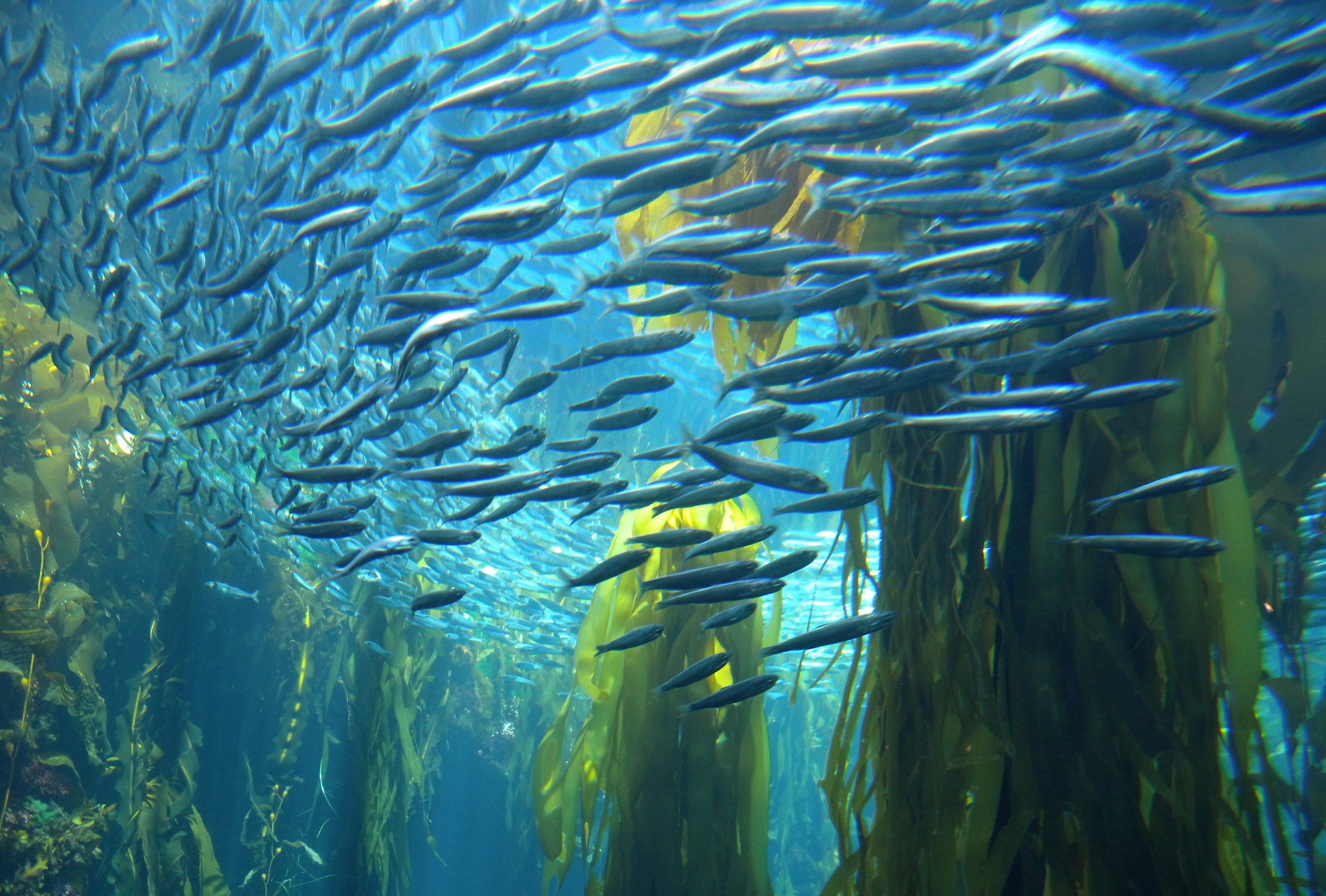Kelp Forests: Seaweed’s Role in Marine Biodiversity Regeneration
The world's oceans are home to an incredible array of life, from tiny plankton to massive whales. However, human activities such as overfishing, pollution, and climate change have had a devastating impact on marine ecosystems, threatening the health and well-being of countless species. Seaweed farming is emerging as a promising solution to help regenerate marine biodiversity, which can have important implications for the health of the ocean and the planet as a whole.
Seaweed farming involves cultivating different species of seaweed in a controlled environment, such as a marine farm or a seaweed bed. While the primary purpose of seaweed farming is to provide food, fertilizer, and other products, it also has the potential to play an important role in regenerating marine ecosystems.
One of the main ways in which seaweed farming can contribute to biodiversity regeneration is by providing habitat for marine species. Seaweed beds are home to a diverse array of animals, including fish, crabs, and other invertebrates. By creating new seaweed beds or restoring existing ones, seaweed farmers can help provide habitat for these species, which in turn can support the health of the entire ecosystem. This can be especially important in areas that have experienced habitat loss due to human activities or natural disasters.
In addition to providing habitat, seaweed farming can also help promote biodiversity by creating what is known as a "biofilm." Biofilm is a thin layer of microorganisms that forms on the surface of seaweed, and it is an important source of food for many marine animals. By cultivating a variety of different seaweed species, seaweed farmers can help promote the growth of biofilm, which can attract a diverse range of marine species.
Another way in which seaweed farming can contribute to biodiversity regeneration is by reducing the impact of human activities on marine ecosystems. For example, by providing an alternative source of food to fishing, seaweed farming can help reduce pressure on fish populations, which are often overexploited. By reducing the amount of fishing that takes place in a particular area, seaweed farming can help restore balance to the ecosystem and allow fish populations to recover.
Seaweed farming can also help mitigate the impacts of climate change on marine ecosystems. As the ocean becomes more acidic and temperatures rise, many marine species are struggling to adapt. Seaweed is particularly resilient to these changes, and it can provide a buffer against the impacts of climate change. By creating new seaweed beds or restoring existing ones, seaweed farmers can help provide a refuge for marine species that are struggling to survive in the changing ocean environment.
Seaweed farming can also play a role in improving water quality, which is crucial for the health of marine ecosystems. Seaweed is known for its ability to absorb excess nutrients, including nitrogen and phosphorus, which can lead to harmful algal blooms and dead zones. By cultivating seaweed in areas that are experiencing nutrient pollution, seaweed farmers can help absorb these excess nutrients and improve water quality, which can benefit a wide range of marine species.
While seaweed farming has many potential benefits for biodiversity regeneration, it is important to note that there are also some challenges and considerations to take into account. For example, the introduction of non-native species can have unintended consequences for the local ecosystem, and seaweed farming can also compete with other uses of the ocean, such as recreation or shipping. It is important for seaweed farmers to work closely with scientists, policymakers, and other stakeholders to ensure that their activities are sustainable and do not cause unintended harm to the environment.
In closing, seaweed farming has the potential to be a powerful tool for regenerating marine biodiversity. By providing habitat, promoting biofilm growth, reducing the impact of human activities, mitigating the impacts of climate change, and improving water quality, seaweed farming can contribute to healthier oceans that support marine life and the planet as a whole.


